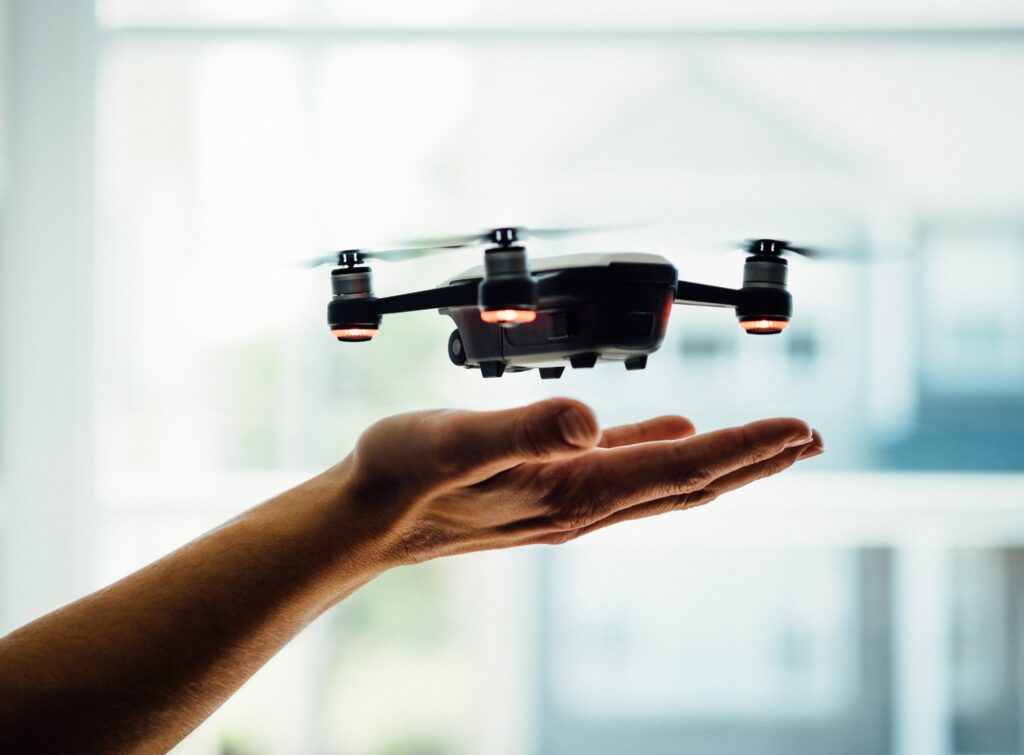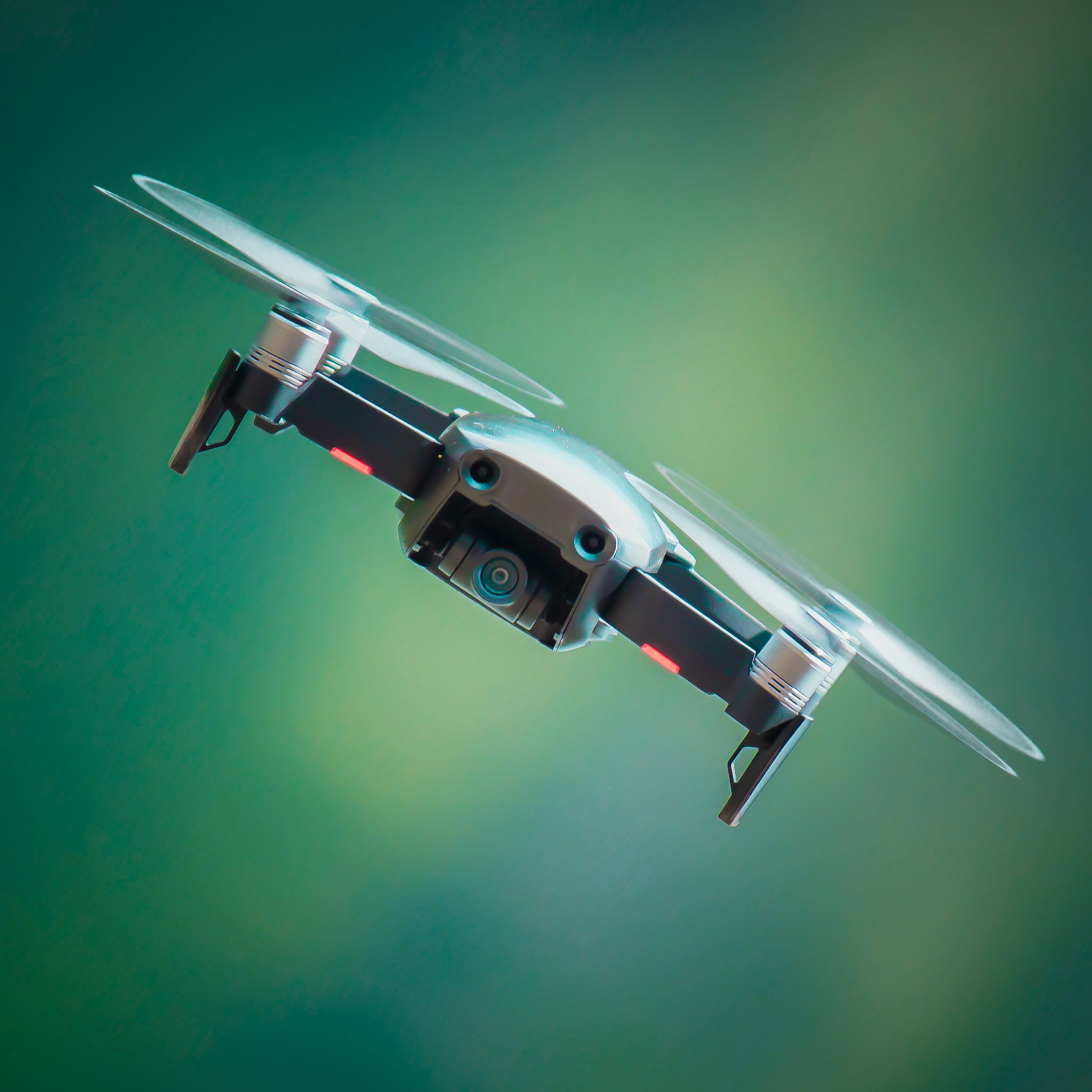Drones are often used for military purposes, but did you know that they can also be used for hunting? Scientists are teaching drones to hunt and this could be a game changer for the hunting industry. But there are some challenges that need to be addressed before this can become a reality.
Introduction
Drones are increasingly being used for a variety of purposes, including surveillance, target practice, and even hunting. While drones offer many advantages over traditional hunting methods, there are also some significant challenges that need to be addressed.
One of the biggest challenges is ensuring that the drone is able to accurately identify its target. This can be difficult if the animal is camouflage or moving quickly. Another challenge is finding a way to safely capture the animal without harming it. This is particularly important if the animal is being hunted for conservation purposes.
Another issue that needs to be considered is the potential for hunters to abuse drones. If not regulated properly, drones could be used to stalk and harass animals or even illegally hunt them.

Scientists are teaching drones to hunt
In a lab at the University of Zurich, two small drones are chasing each other in a bid to become the hunter, not the hunted.
It’s all part of a project to develop artificial intelligence (AI) algorithms that could one day allow drones to avoid obstacles and make decisions in complex environments.
The project is being led by Professor Raffaello D’Andrea, who is also the co-founder of the Swiss company Verity Studios, which specializes in drone technologies for live entertainment.
“The long-term goal is to develop smart robots that can operate autonomously in environments that are dynamic and complex, like the real world,” D’Andrea told BBC News.
The challenges of using drones to hunt
There are many challenges that come along with using drones to hunt. One of the biggest challenges is making sure that the drones are able to accurately identify their target. Another challenge is making sure that the drones are able to avoid obstacles, such as trees and branches, while they are hunting. Additionally, it is important to make sure that the drones do not cause too much noise when they are hunting, as this could scare away potential prey.
The benefits of using drones to hunt
The use of drones, or unmanned aerial vehicles (UAVs), in hunting has been a controversial topic in recent years. Some hunters argue that the use of drones gives them an unfair advantage, while others argue that the use of drones is a more efficient and humane way to hunt.
There are several benefits to using drones to hunt. First, drones can cover a large amount of ground quickly and efficiently. This can help hunters to find and track their prey more easily. Second, drones can be equipped with cameras and other sensors that can help hunters to identify their prey from a distance. This can help to avoid the need for close contact with the animal, which can be dangerous for both the hunter and the animal. Finally, drones can be equipped with tranquilizer darts or other non-lethal methods of taking down prey, which can help to avoid wounding or killing an animal unnecessarily.
The limitations of using drones to hunt
Drones, or unmanned aerial vehicles (UAVs), have been used by militaries for years, but their use is now becoming more widespread. In fact, scientists are teaching drones to hunt.
One of the advantages of using drones for hunting is that they can cover a large area quickly and efficiently. However, there are some limitations to using drones for this purpose.
First, drones are not always accurate. They may miss their target or kill an innocent animal. Second, drones are expensive, so only those with deep pockets can afford to use them. Finally, there is the ethical question of whether it is right to hunt animals with robots. Only time will tell if these challenges can be overcome and if drones will become a common tool for hunters.
The future of using drones to hunt
In recent years, there has been an increase in the use of drones to hunt. However, there are several challenges associated with using drones to hunt. The first challenge is the high cost of drones. Hunting drones can cost several thousand dollars, which can be a deterrent for many hunters. Another challenge is the training required to operate a drone. Hunters need to be able to control the drone in order to avoid obstacles and accurately target their prey. Finally, there are concerns about the impact of using drones on the environment. Drones can disturb wildlife and disrupt ecosystems.
The ethical considerations of using drones to hunt
One of the key ethical considerations when it comes to using drones for hunting is the question of who is responsible for the animal once it has been killed. In traditional hunting, the hunter is present when the animal is killed and can take responsibility for ensuring that the animal is dispatched humanely and that its meat is used. When a drone is used to kill an animal, there is a risk that the animal could suffer if it is not killed instantly and that its meat could go to waste if it is not retrieved quickly.
Another ethical consideration relates to the question of who should have access to drone technology. Currently, only a small number of people are able to operate drones and this limits the number of people who can take part in this activity. There are concerns that giving too much power to drones could lead to abuse, such as using them to spy on people or hunt animals without due care and consideration.
Finally, there are also concerns about the impact that using drones could have on the environment. Drones have the potential to disturb wildlife and disrupt ecosystems. This could have serious consequences for the long-term health of our planet.
The practical considerations of using drones to hunt
The use of drones to hunt has raised some concerns among hunters and conservationists. There are a number of practical considerations that need to be taken into account when using drones to hunt.
The first is the question of safety. Drones can be very dangerous if they are not used properly. There have been a number of accidents involving drones that have resulted in injury or death.
Another practical consideration is the question of legality. The use of drones to hunt is currently illegal in most countries. This means that hunters who want to use drones to hunt will need to obtain a special permit from their local authorities.
Finally, there is the question of ethics. Some people believe that using drones to hunt is cruel and unethical. They argue that it is not fair to chase if the animal does not stand a chance against a drone.
Conclusion
Drones are becoming more and more advanced, and their potential applications seem limitless. However, there are still some challenges that need to be addressed before drones can be widely used for hunting.
First of all, drones are expensive, so not everyone can afford to buy one. Furthermore, drones require training and practice to use effectively. Additionally, there are regulations that restrict where and how drones can be flown. Finally, some people consider drones to be unethical, as they allow hunters to kill animals without ever seeing them face-to-face.
Despite these challenges, it is likely that drones will eventually become a commonplace tool for hunters. They offer many advantages, such as the ability to cover large areas quickly and the ability to get close to animals without being detected.


